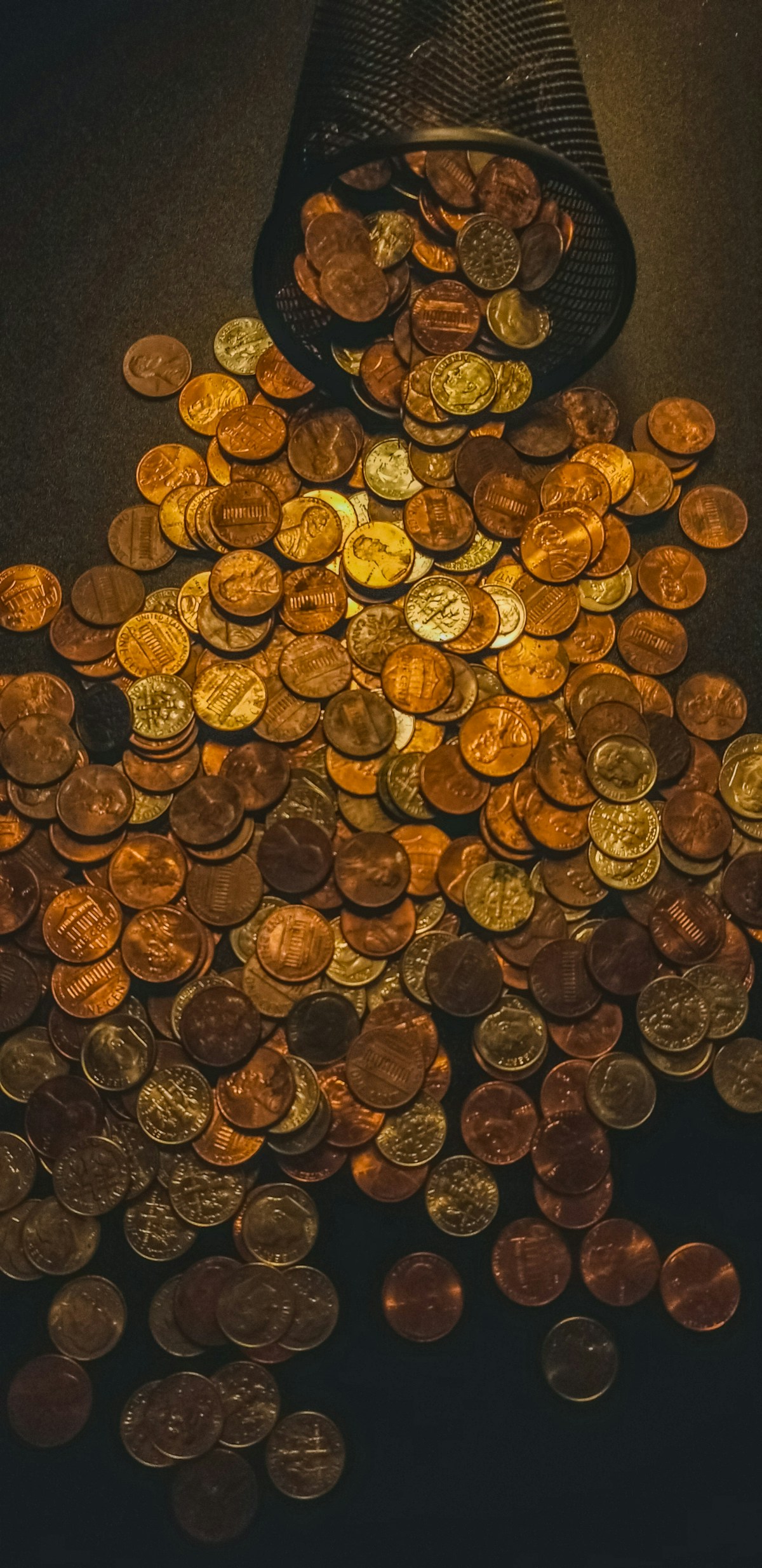Chief Coin Supply: A Comprehensive Overview
Coins have been used as a form of currency for centuries. They are an essential part of everyday commerce. Their collection, known as numismatics, has also become a popular hobby. Understanding the various aspects of coin supply is crucial for both investors and hobbyists. This article delves into the different facets of chief coin supply.
Historical Background

From ancient times, coin supply has played a key role in society’s economic framework. Early civilizations used metal objects as tokens of value. As time progressed, specific shapes and designs evolved. The Roman Empire was among the first to standardize coin production, paving the way for modern minting practices.
Modern Minting Process
Today, coins are produced in mints around the world. These facilities follow strict procedures to ensure quality and uniformity. The key steps in the minting process include:
- Metal Preparation: The selected metal undergoes purification and melting.
- Blanking: Sheets of metal are cut into blank coins.
- Annealing: Blanks are heated to soften them for striking.
- Striking: Blanks are stamped with designs and denominations.
- Quality Control: Coins are inspected for defects before circulation.
Materials Used
Various metals are used in coin production. Common materials include copper, nickel, silver, and gold. Each metal has unique properties that affect the coin’s durability and appearance. Alloying, which combines metals, can enhance these properties. For example, modern pennies are made from zinc with a thin copper coating.
Factors Affecting Supply
Several factors influence the supply of coins. Government policies, economic conditions, and technological advancements all play roles. During wartime or economic hardship, metal shortages can limit coin production. Conversely, economic booms may increase demand and force mints to produce more coins quickly.
Commemorative Coins
Beyond everyday currency, mints produce commemorative coins. These special editions honor significant events, people, or places. They are often made from precious metals and feature intricate designs. Collectors highly prize these coins, which sometimes appreciate in value over time.
Counterfeiting Concerns
Counterfeiting is a persistent issue in the coin supply chain. Advanced technology has made it easier to produce fake coins. Mints employ various anti-counterfeiting measures to combat this. Techniques include micro-engraving, holograms, and embedded security features. Public awareness and vigilance also play crucial roles in preventing fraud.
Environmental Considerations
Modern coin production also faces environmental issues. Mining for metals can be harmful to ecosystems. Mints are increasingly adopting sustainable practices. Recycling metals and reducing waste are key strategies. Innovations in production techniques aim to minimize environmental impact.
The Role of Central Banks
Central banks oversee the production and distribution of coins. They determine coin denominations, materials, and designs. Currency issuance policies directly affect coin supply. Central banks strive to balance coin circulation with demand to ensure economic stability.
Impact of Digital Currencies
The rise of digital currencies is reshaping the landscape of traditional coin supply. Cryptocurrencies and digital wallets offer alternative payment methods. This shift could reduce the demand for physical coins. However, many people still rely on tangible currency for daily transactions.
Investment Opportunities
Investing in coins can be lucrative. Bullion coins made from precious metals are especially attractive. They provide a hedge against inflation and economic uncertainty. However, investing in coins requires careful research. Market trends, historical values, and coin grades are critical factors.
Numismatic Societies
Numismatic societies offer resources and support for coin collectors. These organizations provide educational materials and networking opportunities. Membership can enhance the collecting experience. Numismatic events and auctions are excellent platforms to acquire rare coins.
Maintaining Coin Collections
Proper care is vital to preserving coin collections. Coins should be stored in a controlled environment. Protective cases prevent damage from handling and exposure. Regular cleaning, using appropriate methods, helps maintain their condition. Avoiding harsh chemicals and abrasive materials is essential.
Global Coin Supply
Coin supply varies by country. Different nations have unique minting practices and policies. For instance, the United States Mint and the Royal Canadian Mint are well-renowned. Internationally traded coins, like the Euro, also play significant roles in global commerce.
Future Trends
The future of coin supply is uncertain yet promising. Technological advances will continue to shape production and distribution. Sustainable practices will likely become more prevalent. The balance between physical and digital currencies will evolve, influencing how coins are perceived and used.




Subscribe for Updates
Get the latest articles delivered to your inbox.
We respect your privacy. Unsubscribe anytime.